
For generations, martial arts movies have defined how action stories are told, combining authentic training with creative fight choreography that continues to inspire actors today. These performers built successful careers through dedication, athleticism, and innovation, which also advanced filmmaking and broadened the reach of action films worldwide. From the iconic studios of Hong Kong to independent hits and modern blockbusters, they’ve brought unique fighting styles to a wider audience. This is a look at the actors whose skills and training have left a lasting impact on cinema.
Bruce Lee

Bruce Lee brought Chinese martial arts to a worldwide audience in just a few years through his groundbreaking films. He studied Wing Chun and developed his own fighting style, Jeet Kune Do, by combining techniques from boxing and fencing, focusing on efficient movement and footwork. His fight scenes were carefully designed for clarity and impact, making them easy to film and understand. Movies like ‘Enter the Dragon’ and ‘The Way of the Dragon’ proved that martial arts films could be huge hits with audiences around the world, opening doors for the genre in Hollywood.
Jackie Chan
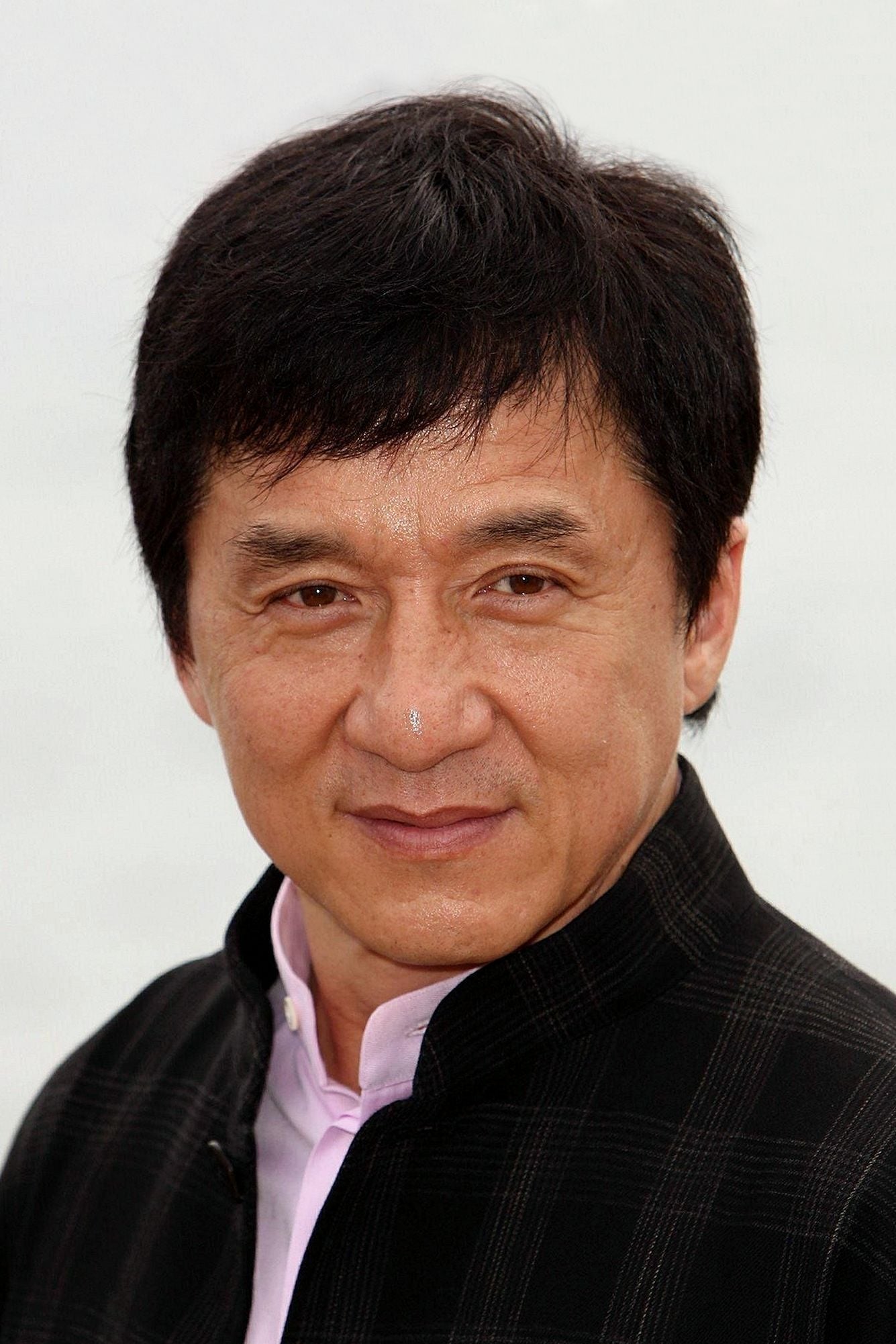
Jackie Chan revolutionized action movies by blending traditional Cantonese opera skills with incredibly creative and self-performed stunts. He crafted exciting fight scenes using ordinary objects and precise timing, often filmed with wide, continuous shots. Chan also pioneered a rigorous rehearsal and safety system for his complex action sequences. Films like ‘Police Story’ and ‘Drunken Master’ became hugely popular and inspired action comedies both in Asia and in Hollywood.
Jet Li

Jet Li first gained recognition as a national wushu (martial arts) champion and then became a successful actor, bringing his highly refined skills and impressive weapons work to the screen. He seamlessly blended traditional northern Chinese martial arts styles into both historical dramas and contemporary action films. Filmmakers appreciated his technical precision, which made even elaborate wirework appear realistic and impactful. Some of his most notable films include ‘Once Upon a Time in China’ and ‘Hero’.
Donnie Yen
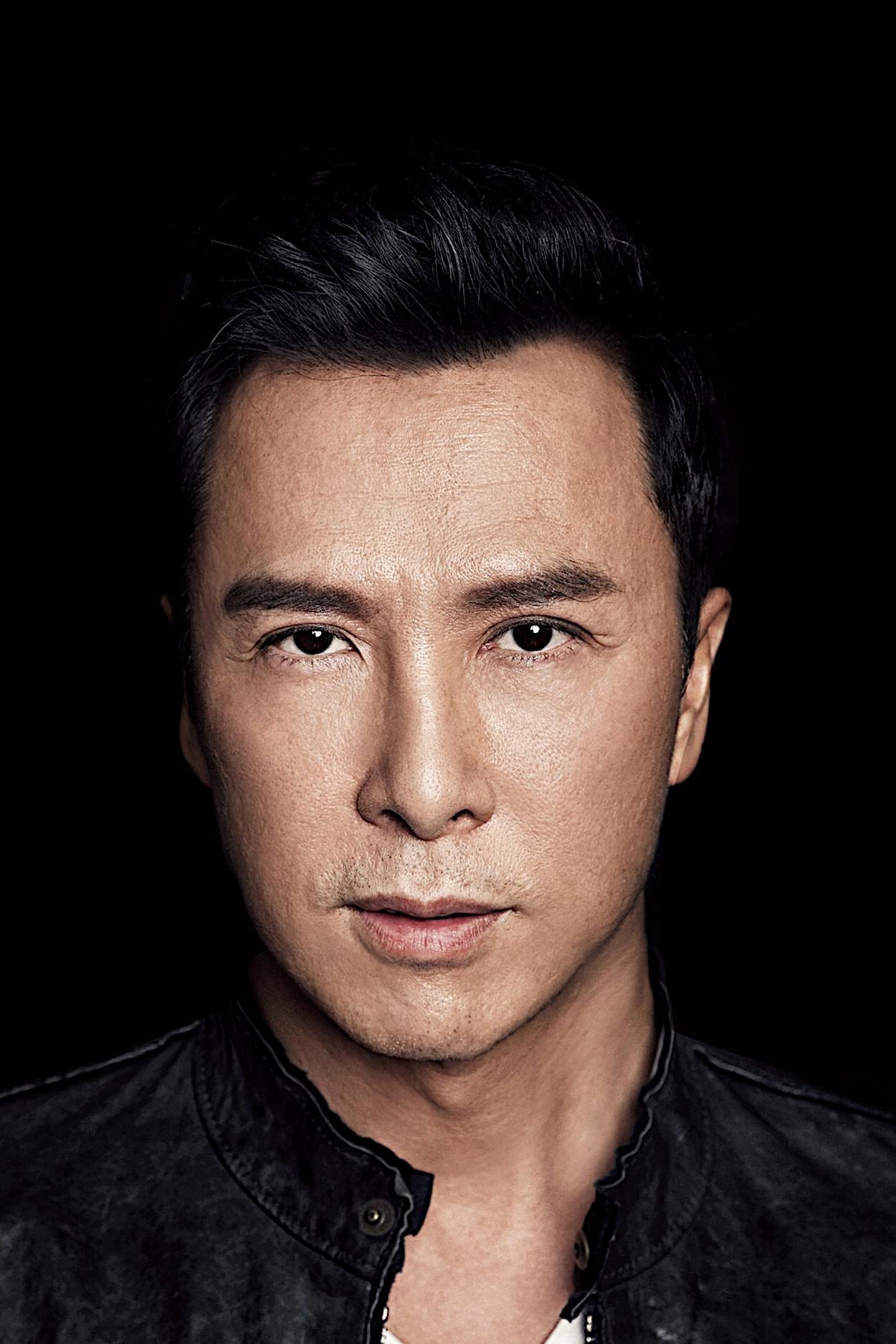
Donnie Yen revolutionized action movies by combining classic martial arts training with techniques from boxing and grappling, all set to a modern pace. He worked closely with directors to film his fights in a way that felt realistic, adjusting camera work to match his movements. His ‘Ip Man’ films are famous for their carefully choreographed Wing Chun sequences that advance the story. Beyond performing, Yen also directed action on numerous projects, helping to evolve Hong Kong action cinema towards a more diverse and dynamic fighting style.
Michelle Yeoh
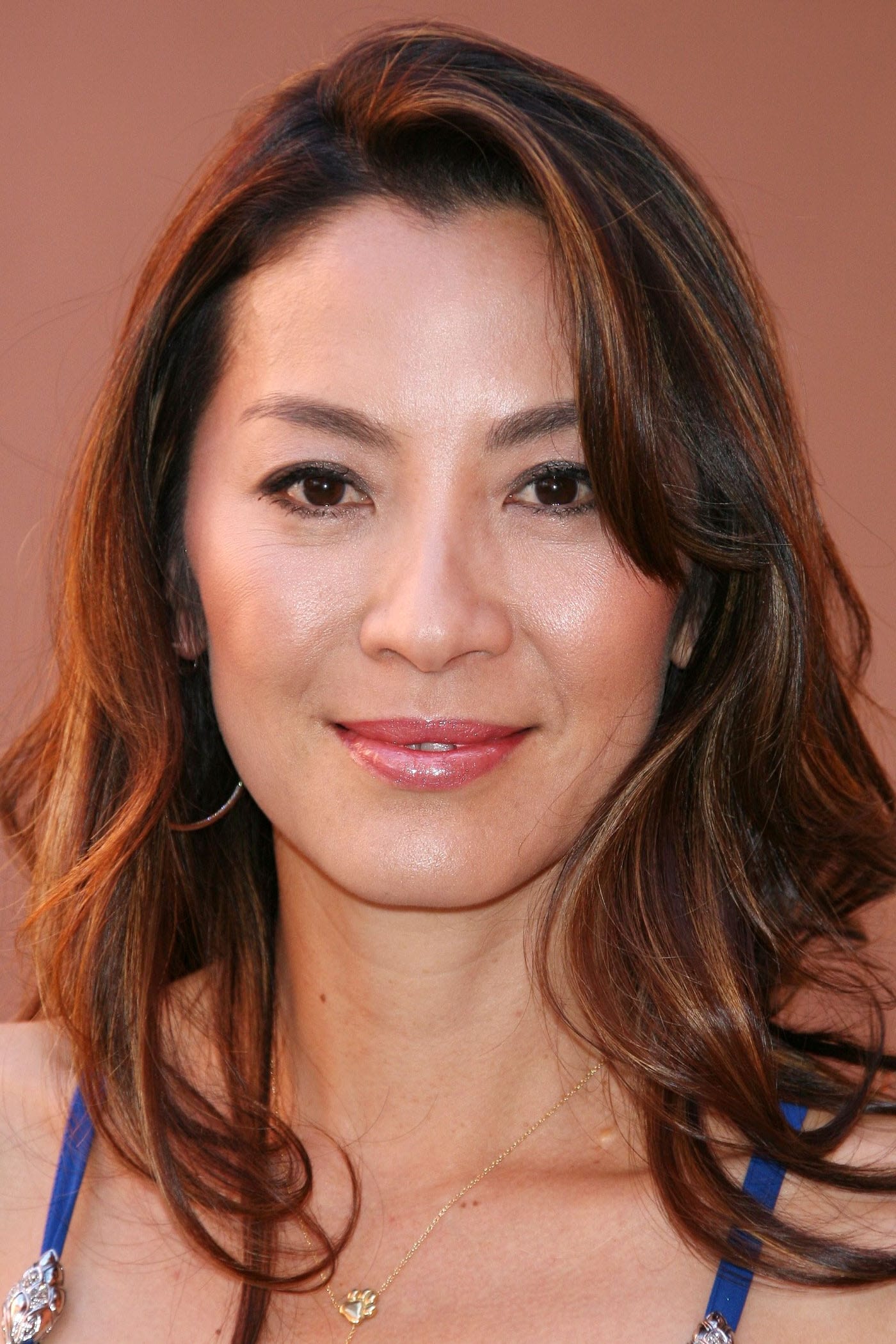
Michelle Yeoh began her career with dance training, which gave her a strong base for learning complex fight choreography and stunts. She’s known for doing many of her own stunts and has collaborated with top action directors on films set in both historical and modern times. Her performances in movies like ‘Yes, Madam’ and ‘Crouching Tiger, Hidden Dragon’ highlighted her incredible timing and ability to work seamlessly with others. She continued to utilize these skills in large-scale film franchises, remaining actively involved in the creation of action sequences.
Sammo Hung
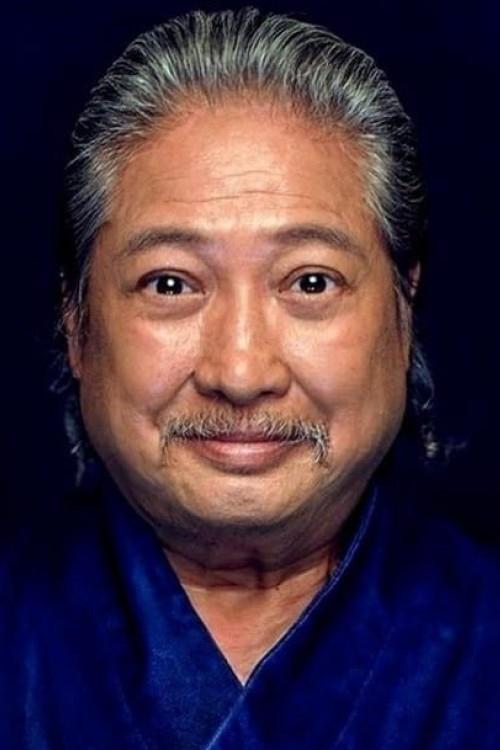
Sammo Hung was a major force in Hong Kong action cinema, known for his work as a director, actor, and stunt coordinator. Trained in Peking Opera, he brought a unique style to fight scenes, focusing on dynamic pacing, teamwork, and clear movement. He was also a gifted teacher, helping develop other performers and creating action sequences that skillfully blended humor with realistic combat. Some of his most famous projects include films like ‘Eastern Condors’ and ‘Pedicab Driver’, and he frequently worked behind the scenes choreographing fights for other movies.
Gordon Liu

Gordon Liu became famous in martial arts films thanks to his precise movements and commanding presence. He studied with the Lau family and collaborated with director Lau Kar-leung, focusing on technically impressive fight choreography. His film ‘The 36th Chamber of Shaolin’ popularized the now-common training montage and showcased evolving weapon skills. Later in his career, he made appearances that celebrated his iconic status.
Tony Jaa
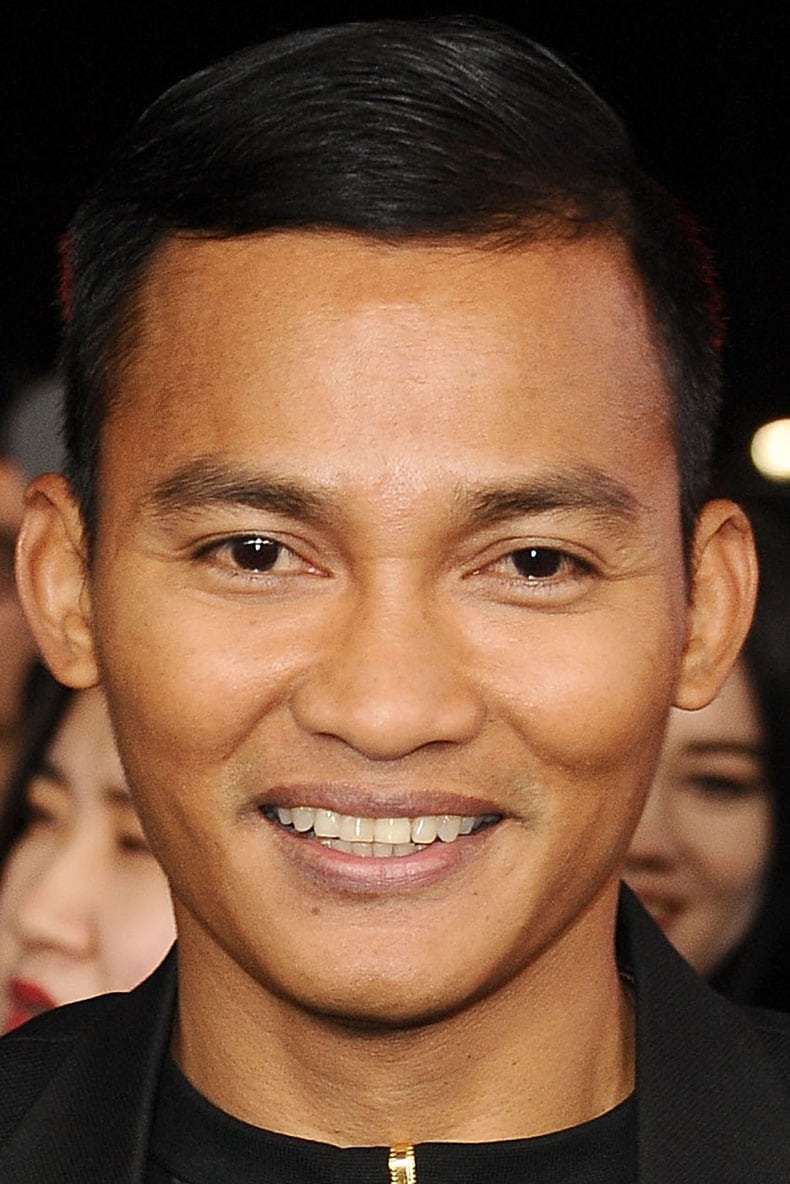
Tony Jaa revolutionized action films with his authentic Muay Thai style, focusing on powerful elbow and knee strikes performed without special effects wires. He and his team created thrilling chase scenes and dynamic movement emphasizing realistic impact. Films like ‘Ong Bak’ and ‘The Protector’ brought renewed attention to Thai action cinema and the art of practical stunts. Jaa successfully transitioned into international projects while remaining true to his signature style.
Yuen Biao

Yuen Biao was a highly skilled martial artist who brought incredible acrobatic ability, honed from his opera school training, to his fast-paced fight scenes and daring stunts. He frequently collaborated with Jackie Chan and Sammo Hung, and together they created dynamic, well-coordinated action sequences. Movies like ‘Knockabout’ and ‘Prodigal Son’ showcase their complex fight choreography, emphasizing balance and quick footwork. Yuen Biao’s impressive athleticism allowed him to excel in both comedic and dramatic roles, particularly in historical action films.
Cynthia Rothrock

Cynthia Rothrock transitioned from a background in competitive martial arts, specializing in forms and weapons, to performing in action films made in Hong Kong and the United States. She worked closely with directors to adapt her tournament skills into exciting fight choreography for the screen. Her early films, like ‘Yes, Madam’ and ‘Righting Wrongs,’ featured her in large-scale action sequences alongside experienced stunt performers. Later, she became a leading figure in the direct-to-video action movie boom, known for her reliable and skilled fighting style.
Chuck Norris
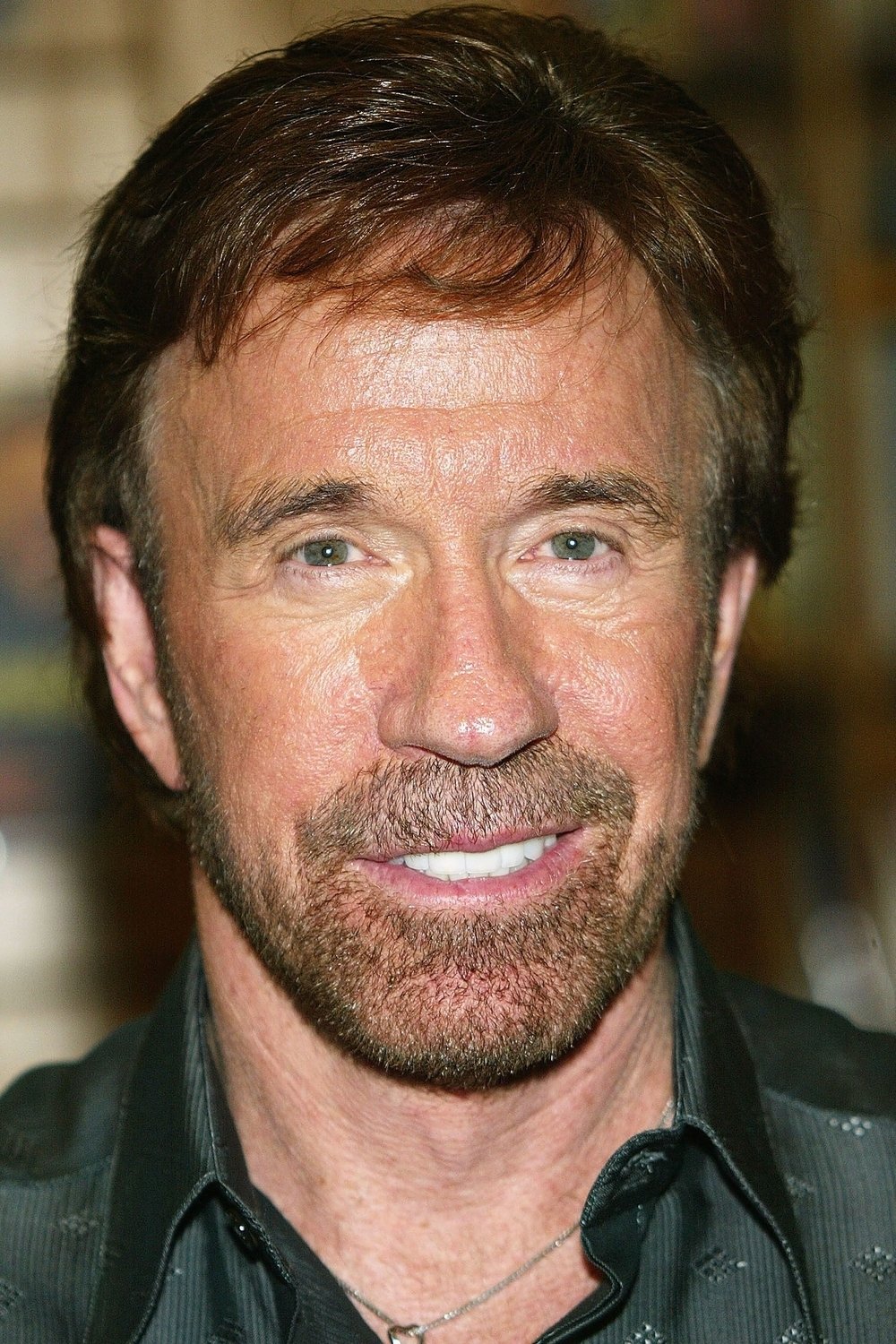
Chuck Norris became a movie star after excelling in karate competitions. He brought his fast, precise kicking and strong footwork to the screen, focusing on direct, powerful strikes and simple, effective movement. Films like ‘Way of the Dragon’ and ‘Missing in Action’ often featured his martial arts background within action-packed, military stories. Norris also shared his training methods with a wider audience through books and TV shows.
Jean-Claude Van Damme
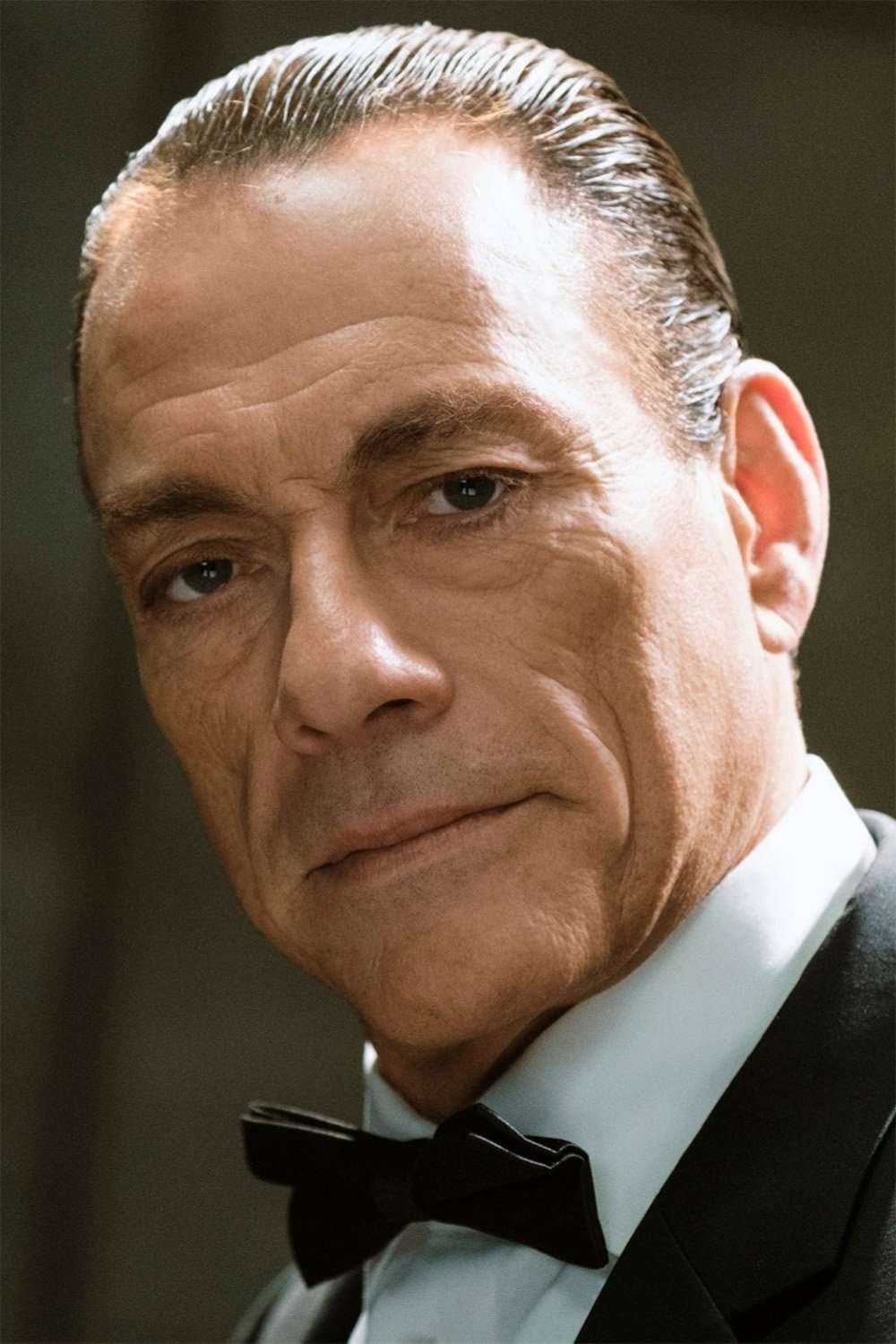
Jean-Claude Van Damme’s martial arts skills, particularly his kickboxing and karate, allowed him to perform visually impressive techniques on camera. Editors often focused on his incredible flexibility, showcasing his high kicks and splits, which became iconic parts of his films. Movies like ‘Bloodsport’ and ‘Kickboxer’ were built around fighting tournaments with increasingly difficult opponents. Later in his career, he took on roles where he could produce and choreograph action sequences to best highlight his unique style.
Steven Seagal

Steven Seagal popularized Aikido techniques – like joint locks and throws – in action movies. His first films showcased quick wrist movements, throws, and close-up fighting, filmed with a focus on medium shots. Having trained at a dojo in Japan, he brought a sense of realism to his on-screen fighting style. Films such as ‘Above the Law’ and ‘Under Siege’ were notable for their intense, close-quarters combat.
Michael Jai White

Michael Jai White is a highly trained martial artist with expertise in both striking and grappling. He uniquely applies this training to film fights, creating sequences that look impressive from both wide and close-up camera angles. His films, like ‘Blood and Bone’ and ‘Undisputed II’, are known for their realistic and well-structured one-on-one fight scenes with clear, impactful movements. Beyond performing, White also choreographs and directs fights, prioritizing the safety of performers and making the action look powerful and believable.
Iko Uwais
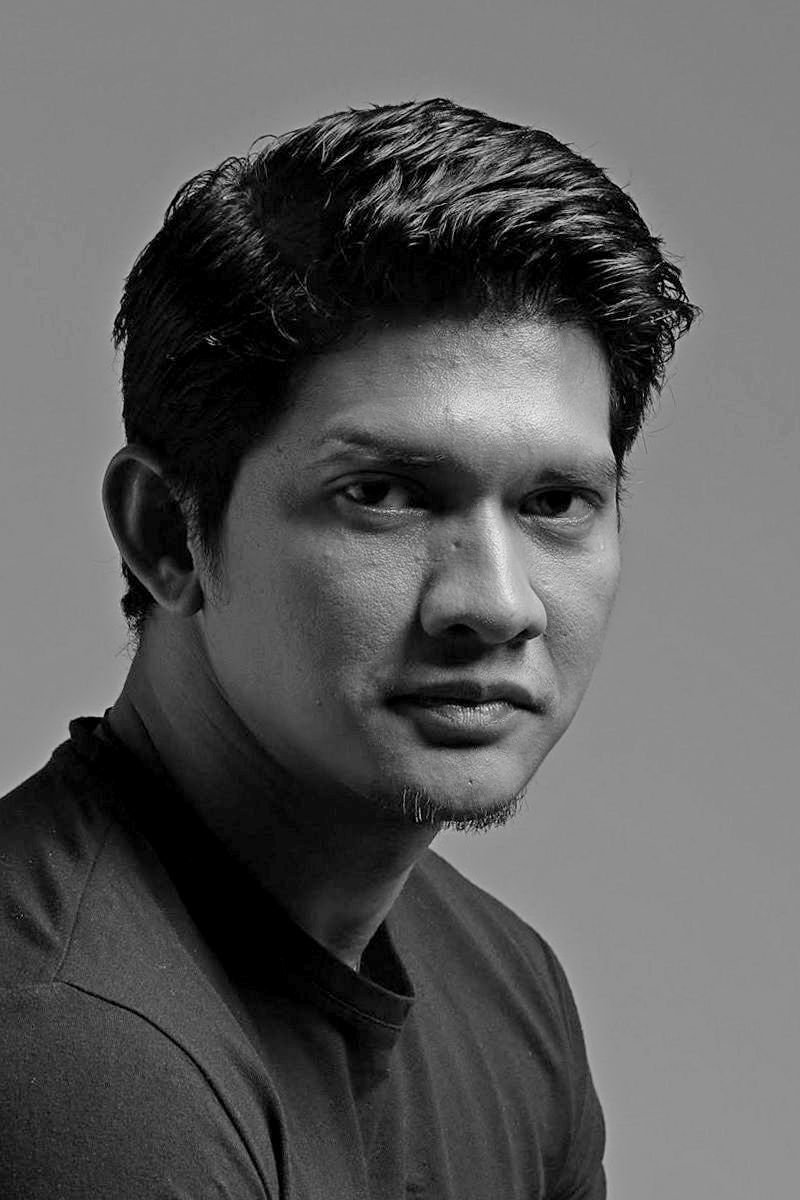
Iko Uwais is a martial artist specializing in pencak silat, and he’s become known for showcasing its unique style – particularly its sharp angles and precise control – to viewers worldwide. Working with Indonesian stunt teams, he’s created thrilling, extended fight scenes in tight spaces, like hallways and stairwells, emphasizing realistic movement. His films, ‘The Raid’ in particular, are famous for fight choreography that cleverly incorporates the surrounding environment. He continues to work as both a performer and an action designer on projects around the globe.
Wu Jing
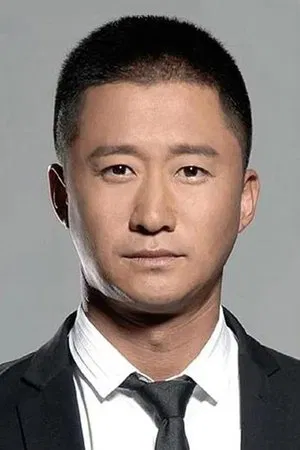
Wu Jing began his career with martial arts training and gradually moved into starring roles in big action movies. He put a lot of effort and resources into creating realistic battle scenes, including training facilities and props. His ‘Wolf Warrior’ films became popular for their detailed fight choreography and impressive stunts. Wu Jing also directs these films, carefully connecting the plot to the action sequences and the movements of the fight teams.
Hiroyuki Sanada
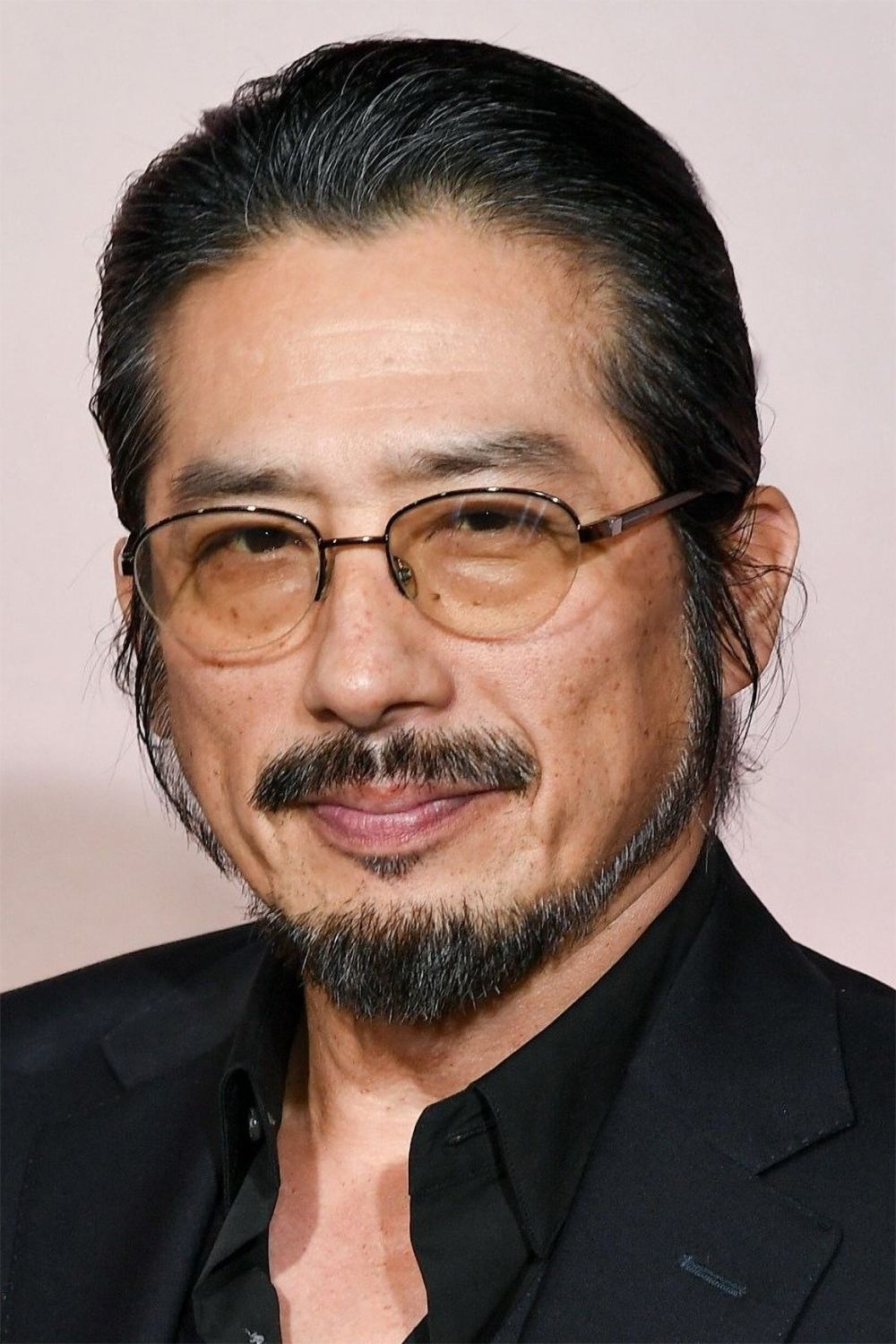
Hiroyuki Sanada honed his skills at the Japan Action Club with Sonny Chiba, successfully combining dramatic and action-packed roles throughout his career. He’s known for his accurate sword fighting, blending classic training techniques with the fast pace of modern filmmaking. His work in films like ‘Ninja in the Dragon’s Den’ and ‘The Last Samurai’ highlights his focus on proper form and spacing with other actors. He still works closely with stunt teams on both Japanese and international projects.
Sonny Chiba
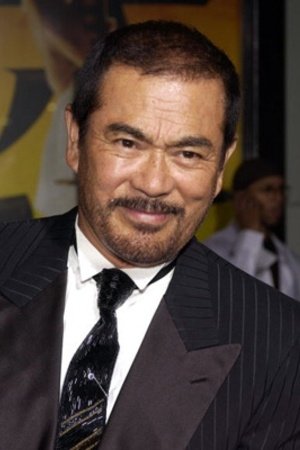
Sonny Chiba was known for his powerful, realistic karate fighting style in films. He created the Japan Action Club to teach actors how to perform exciting and safe action sequences. Movies like ‘The Street Fighter’ became famous for their impactful hits and impressive practical stunts. Chiba also trained many performers who continued to use these techniques in their own work for years to come.
Bolo Yeung Sze
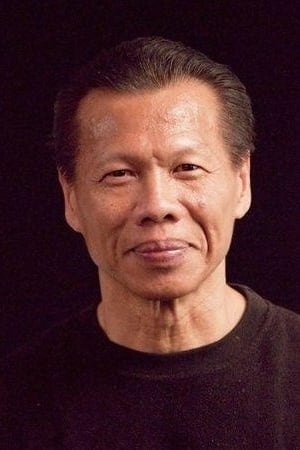
Bolo Yeung started as a bodybuilder and martial arts competitor before becoming famous for playing memorable villains in films. He was particularly effective on screen because of his strong grappling and striking techniques, which looked impressive even in long shots. His roles in movies like ‘Enter the Dragon’ and ‘Bloodsport’ helped define how villains are portrayed in tournament-style fight scenes. Yeung stayed in peak physical condition, allowing him to perform multiple takes and handle the challenges of complex filming.
Mark Dacascos
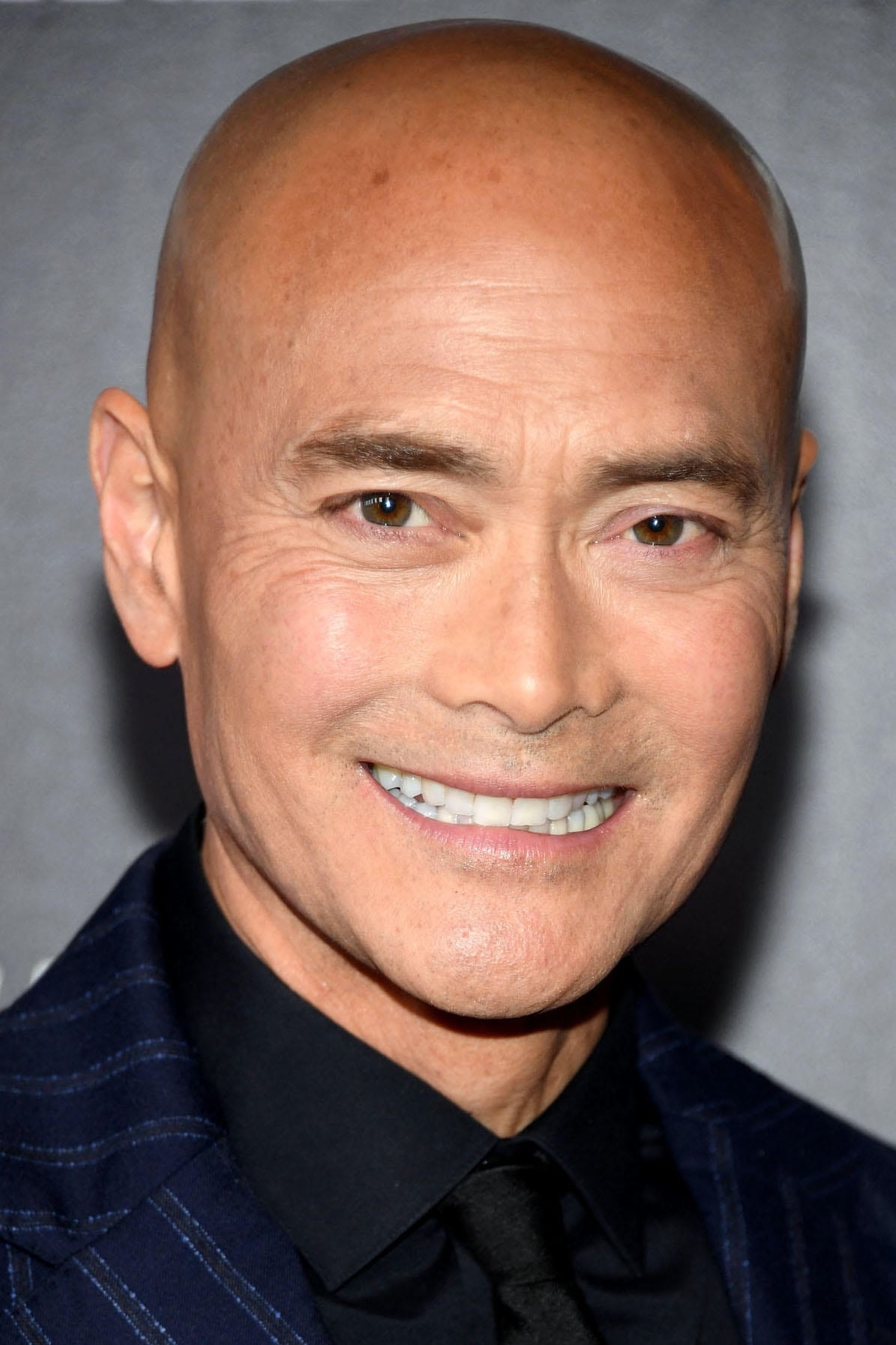
Mark Dacascos comes from a family of martial arts instructors and has extensive training in Wun Hop Kuen Do and similar disciplines. He’s also skilled in capoeira and other styles, which he’s learned to meet the physical demands of different acting roles. His films, like ‘Only the Strong’ and ‘Drive’, are known for their dynamic fight choreography, often featuring complex sequences and weapon use filmed in long, unbroken shots. He continues to act in projects around the world and also shares his expertise by contributing to fight choreography and training others.
Cynthia Khan

Cynthia Khan, also known as Yang Li Ching, rose to fame in the ‘In the Line of Duty’ film series thanks to her impressive martial arts skills, particularly her fast kicks and weapon work. She dedicated herself to rigorous training and collaborated with experienced Hong Kong stunt professionals. Her movies combined classic police stories with exciting action sequences, including acrobatic fights and thrilling chases. Khan played a significant role in maintaining a strong presence of female leads in action films during a pivotal time for the genre.
Share your favorites and any names we missed in the comments so we can keep the conversation going.
Read More
- Silver Rate Forecast
- Gold Rate Forecast
- Красный Октябрь акции прогноз. Цена KROT
- MSCI’s Digital Asset Dilemma: A Tech Wrench in the Works!
- Dogecoin’s Big Yawn: Musk’s X Money Launch Leaves Market Unimpressed 🐕💸
- Bitcoin’s Ballet: Will the Bull Pirouette or Stumble? 💃🐂
- Guardian Wealth Doubles Down on LKQ Stock With $1.8 Million Purchase
- Binance and Botim Money Join Forces: Crypto in the UAE Gets a Boost-Or Does It? 🚀
- Twenty One Capital’s NYSE debut sees 20% fall – What scared investors?
- Monster Hunter Stories 3: Twisted Reflection gets a new Habitat Restoration Trailer
2025-11-02 13:47